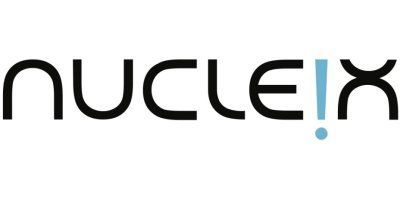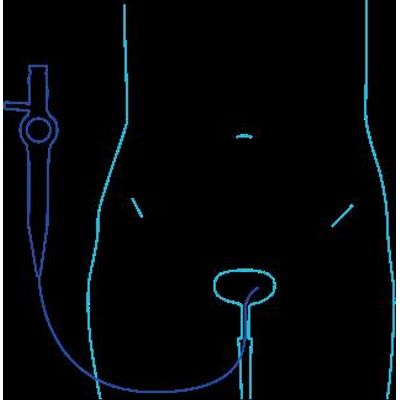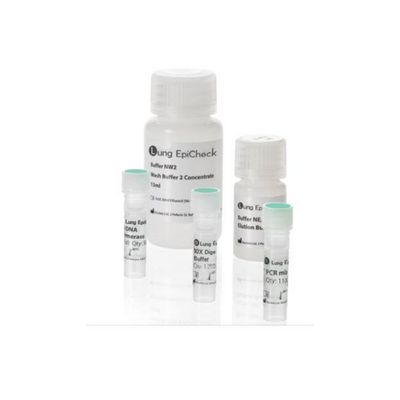

- Home
- Companies
- Nucleix Ltd.
- Products
Nucleix Ltd. products
Nucleix EpiCheck - Detect Bladder Cancer
Bladder cancer is the 5th most common cancer in the western world, and 70%-80% of the patients are diagnosed with non-muscle invasive disease. There are estimated 400,000 to 800,000 active bladder cancer patients in the United States, as well as 1 to 2 million in Europe, who undergo local resection of the tumor and then have 1-4 follow-up visits each year due to the high recurrence rate of the disease. Follow-ups include cystoscopy procedures that are invasive and painful, are negative in 90% of cases, and detect only 70-80% of recurrences. Both cystoscopy and cytology are subjective, costly and highly dependent on the operator expertise. Therefore, there is a clear need for a non-invasive, robust and simple tool to follow-up non-muscle-invasive bladder cancer patients.
Nucleix EpiCheck - Early Stage Lung Cancer Detection Unit
Lung cancer remains a leading cause of death from cancer globally, due to its high incidence and late-stage diagnosis. Most patients are currently diagnosed with late-stage cancer, though research has shown 5-year survival rates are up to 10 times greater when disease is detected early. Annual imaging (low-dose CT scans) is recommended for screening individuals with highest risk, but less than 10% of those eligible adhere to guidelines2. Delivering an effective screening option for high risk individuals could increase compliance for imaging and drive more patients to treatment when it can have the greatest chance of having a long-term benefit.


